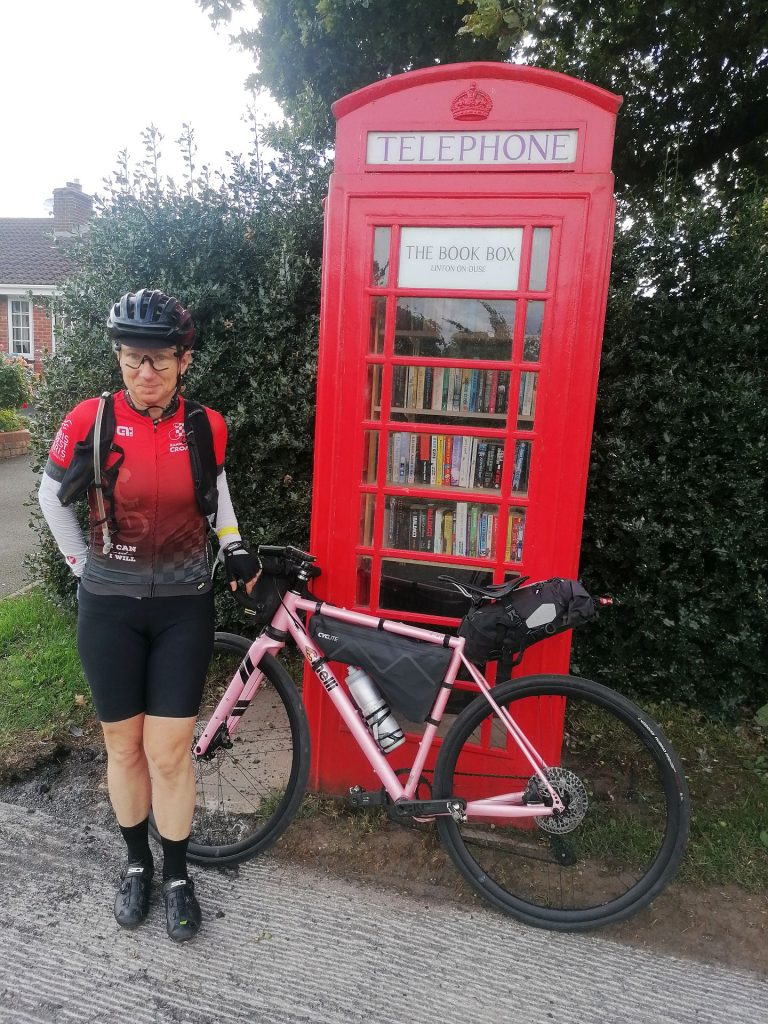I often explain to curious people that being actively involved in sports opens the door to travel — a very good motivator. Ultra-distance cycling isn’t done in gyms; the event itself is a journey, from 300 to several thousand kilometers, offering a chance to see, feel, and experience a lot along the way.
From August 1st to 9th, Ksenija and I got our first taste of English roads, which we had heard so much about. The rumors had been more bad than good — probably because people tend to share negative experiences more readily. After nine days, and everything we’d heard before and lived through in the days behind us, I could respond — like Del Boy — with: Au contraire!
But let’s start from the beginning…
The reason for our trip to Britain’s largest island was to take part in the legendary brevet marathon London–Edinburgh–London, held every four years. The 2025 edition offered a route of more than 1,500 km, with a respectable amount of climbing. The course was designed to mostly follow low-traffic and narrow roads, in an effort to reduce interaction between the 2,200 participants — all powering their vehicles with their own muscles — and motor vehicles.
England, Wales, and Scotland have for centuries formed a historic trio, as a kingdom that has brought about many changes in the global economy and geopolitics, and influenced the world in many ways. The list of prominent rulers and powerful queens, explorers, military leaders, scientists, artists, film and theatre actors, rock musicians… is incredibly long.
My heart was warmed from the very first glance through the airplane window at the English countryside. A large number of cultivated fields radiated the golden yellow of barley and wheat, ready for harvest. Like in the rest of Western Europe, the land is either cultivated or used as pasture for cattle, horses, goats, and sheep. Greenery is preserved, and houses are integrated into the landscape with as little concrete and asphalt as possible.
Over the next few days, we pedaled north and south through sparsely populated areas. We saw roe deer among the larger wildlife. Rabbits and hares were frequent sights, while in the skies we saw ravens, crows, jackdaws, and several unavoidable species of gulls — especially near the coast and along river valleys. What white storks do in Croatian fields — walking behind tractors plowing and catching unearthed mice and reptiles — gulls do in English fields. Farmers would shallow-plow the stubble fields, followed by dozens of gulls chasing after fresh meat.
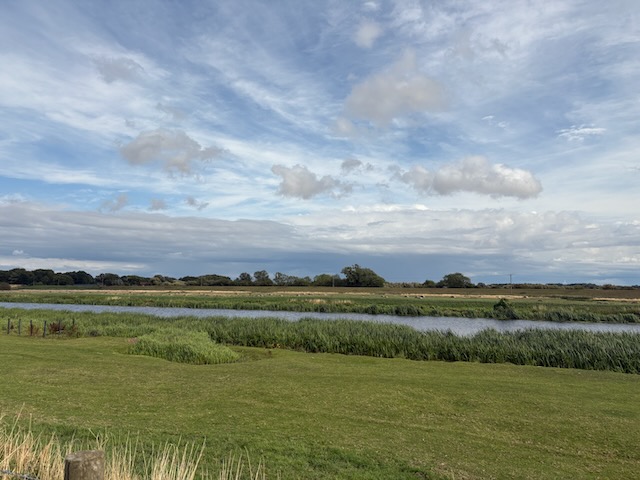
Compared to Croatia, English roads are of slightly lower quality. However, their cycling infrastructure is leaps and bounds ahead of ours(!). The day before the start, Ksenija and I biked from Chelmsford and Writtle to London’s city center — a 50 km ride. From East Ham to the City, we rode on well-planned bike lanes. In the following days, we discovered that every major roundabout in England, where highways meet local roads, is equipped with cycling paths — so that cyclists don’t have to enter the arena with a swarm of cars. Many parks and riverbanks have been turned into bike or pedestrian paths.
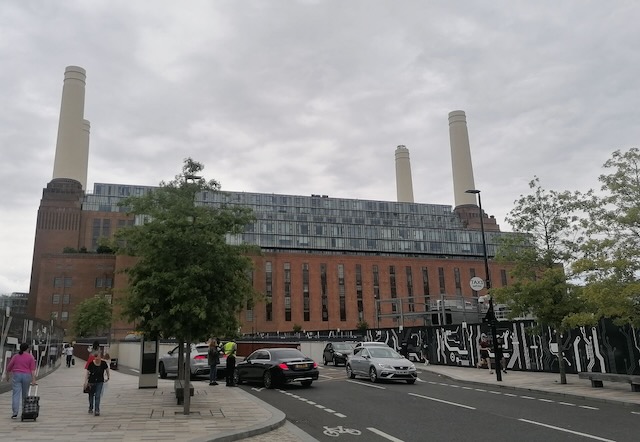
Battersea Power Station, a former thermal power plant, now a shopping center. As a graphic motif, it appears on the album cover of Animals by Pink Floyd.
The attitude of English drivers toward responsible cyclists was more than fair. They overtook us with noticeable distance and without using their horns. The only honking we heard was aimed at a few participants playing the “tough guy” role — riding three-abreast and blocking traffic.
Ah… we didn’t get to see Hadrian’s Wall or the Scottish roads. The day before departure, the organizers sent out a weather warning for the Cumbria region for Monday, August 4. That was the area where we were supposed to cross the marathon’s highest point — both on the way north and again on the way back south. The forecast: gale-force winds and storm Floris.
The start was staggered in waves of about 50 cyclists, beginning Sunday, August 3, at 5:00 a.m. By dawn on Monday, we were all soaked to varying degrees by rain. Around 11 a.m., the rain clouds moved southeast, and we were blessed with sunshine — but then the wind began. Something like the “bura” (northeast wind) from the Velebit mountains, only from the west. It blew strongly and consistently, with bursts of two or three violent gusts in a row. This pattern repeated for hours. In lowlands, it slowed us down, pushed from the side, and danced us across the road. The best protection came from hedgerows lining farmland — where they existed — or forests. In open areas, it was more brutal.
In Richmond, a town in North Yorkshire and the sixth control point, organizers held riders back, urging us not to continue and to wait for further instructions. Continuing on without permission would result in disqualification. And even without that decision, pushing on would’ve been reckless: about 70 km north of Richmond, wind gusts reached over 160 km/h, making any kind of cycling — even pushing a bike — nearly impossible and dangerously risky.
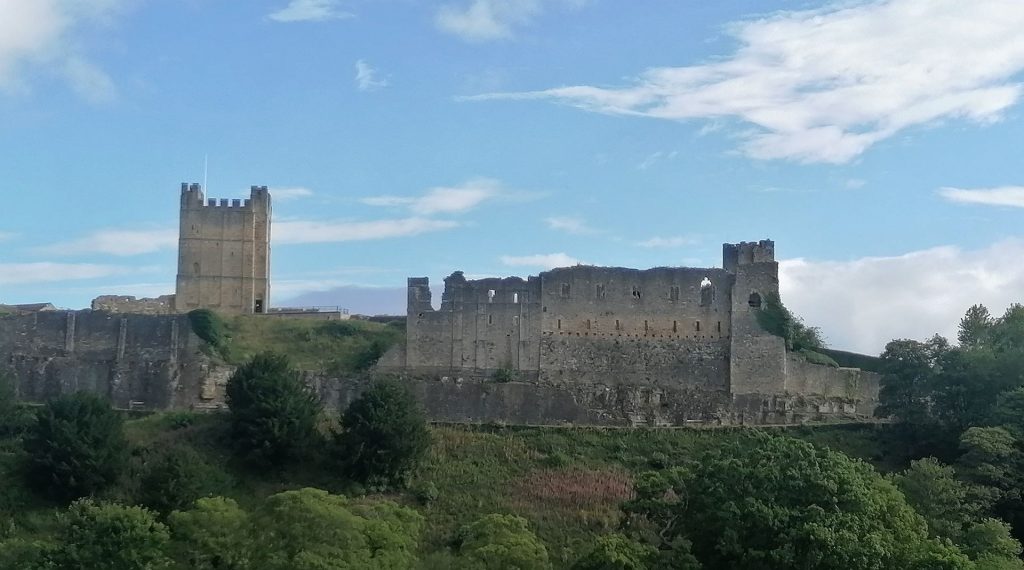
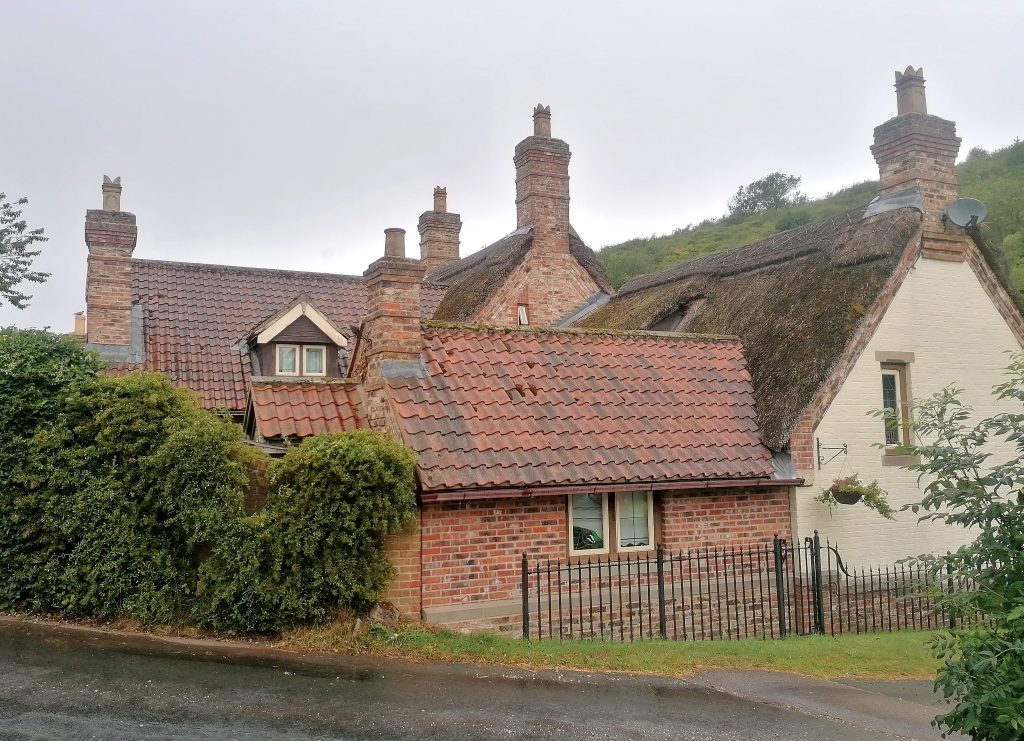
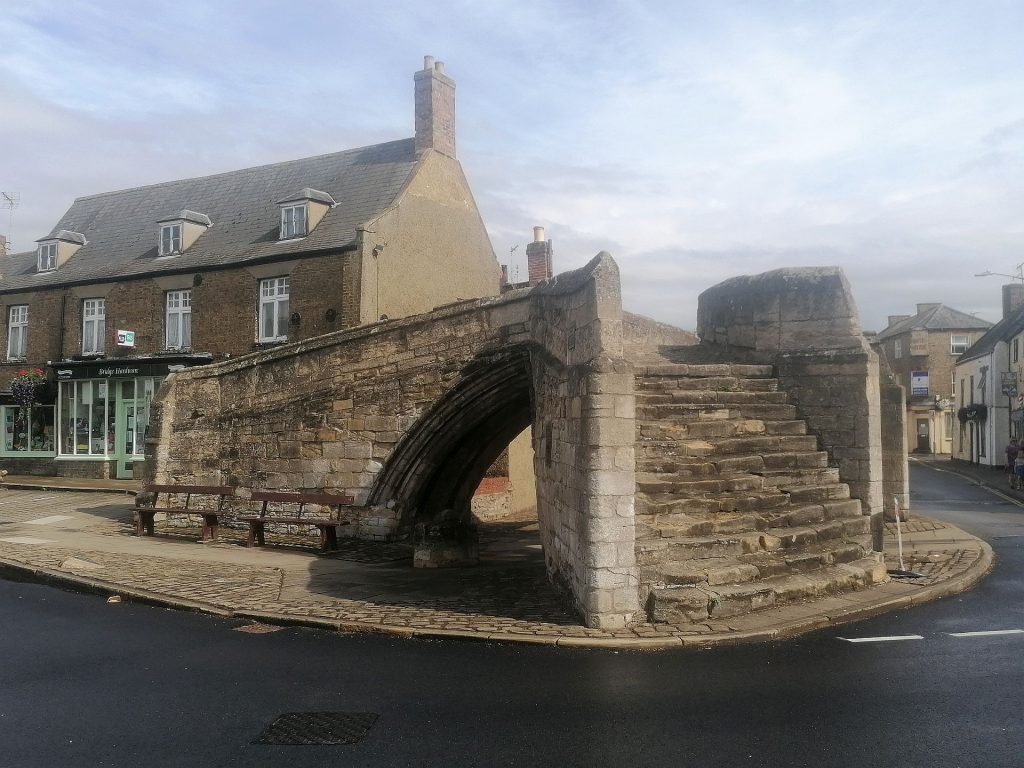
That evening, on Monday, organizers officially suspended the marathon for safety reasons, as the weather wasn’t expected to calm for the next 36 hours.
Over the following two days, we continued riding our bikes along the planned return route and through control points, eventually arriving back in Writtle, a small village in Essex that served as the marathon finish.
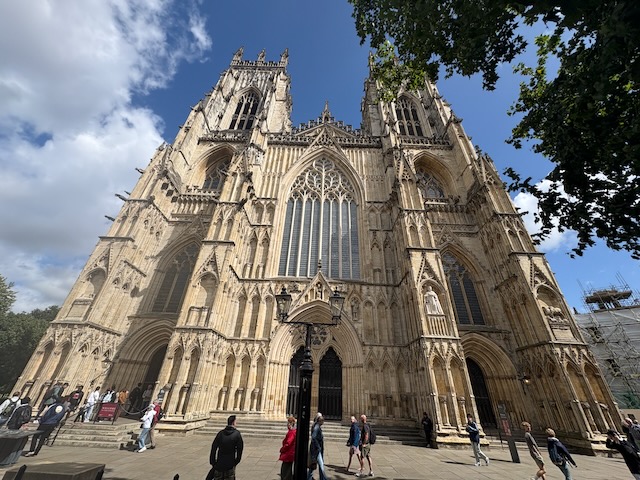
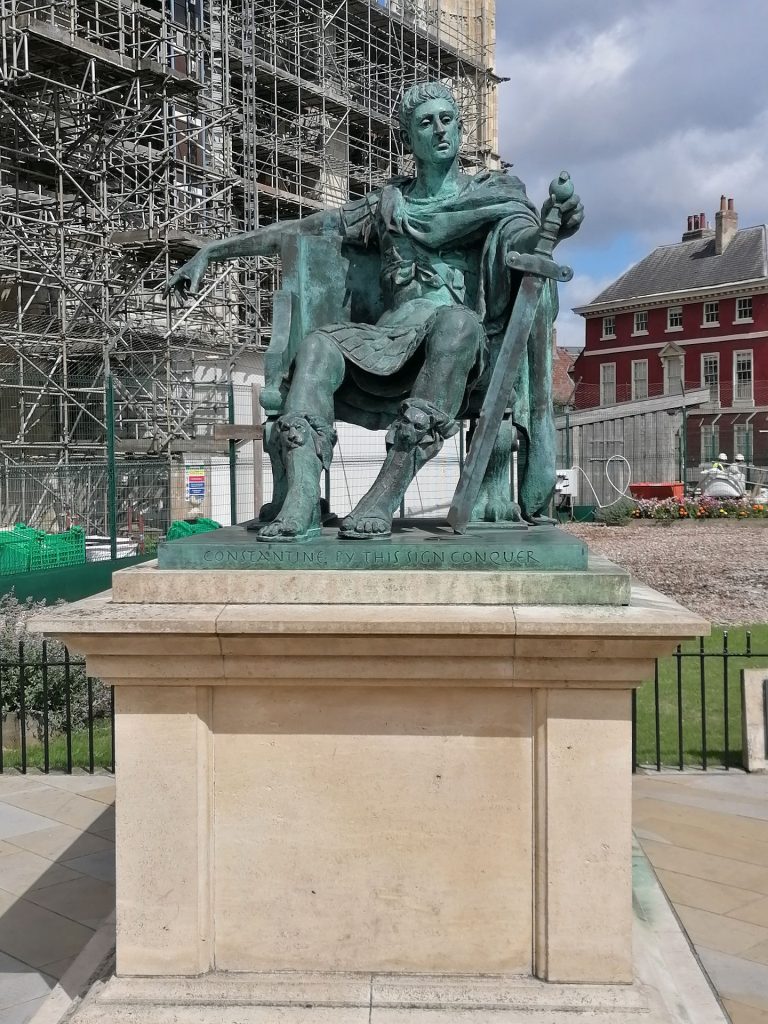
As for the organization and preparation of the event, I have only words of praise. All the best! A large team of volunteers at the start/finish and checkpoints worked hard to keep riders fed, provide dry sleeping space, bike repairs, or necessary medical aid. Everyone was helpful, hospitable, and patient. I would rate the food and overall organization even better than in France at the famous Paris–Brest–Paris brevet.
There were even unofficial volunteers handing out water and fruit along the way. On our return, local residents came out to cheer and applaud us as we passed through their towns.
Out of over 2,000 participants, two women and six men from Croatia started the marathon — all ultra-endurance cyclists and/or organizers of similar events in Croatia through the Randonneurs Croatie association. I can confidently say that we rode respectably through Essex, Cambridgeshire, Lincolnshire, and Yorkshire — and that success would have been fully within reach if it weren’t for the storm.
What remains is to reflect — and, like Prince Hamlet in Shakespeare’s famous tragedy, ask ourselves:
To be… or not to be… at the start of London–Edinburgh–London again in four years?
